Local Marketing: The Small Business Guide to Getting Found in Your Community
Local businesses have a considerable advantage that large corporations and online retailers don't – their physical presence in the neighbourhoods and communities they serve. But having a storefront or office isn't enough anymore. To thrive in today's digital world, local businesses need to have an online presence and use digital marketing tactics to get found by potential customers.
This guide to local marketing covers everything small businesses need to know, from optimising online listings to running targeted ads on social media. Follow this local marketing advice, and your business will attract more customers from your surrounding area.
Table of Contents
How to Optimise Your Local SEO
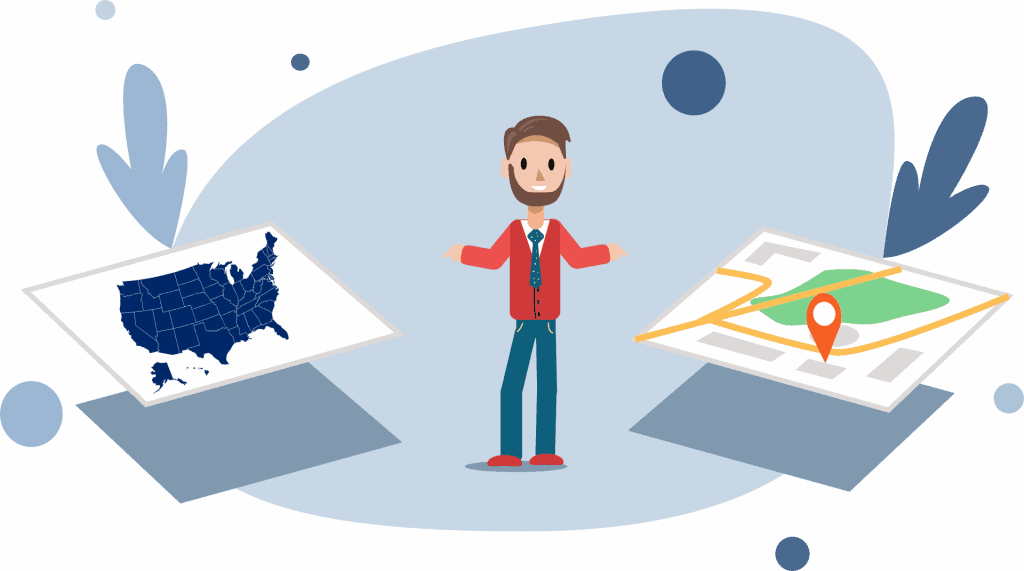
SEO (search engine optimisation) helps people find your business when they search online. For a local business, the focus needs to be on local SEO – optimising your online presence so you show up on searches related to your products, services, and location.
Here are the key elements of local SEO success:
Claim Your Business Listings
The first step is to claim or create profiles for your business on critical online directories like Google My Business, Facebook, and Yelp. This gives you control over the information shown, like:
- Business name, address and phone number
- Categories and keywords that describe what you do
- Photos and videos
- Customer reviews
- Opening hours
Keep this information consistent and up-to-date across all directories. In Google My Business, you can add attributes like wheelchair access, payment options and parking information.
Optimise GMB Listing for Local SEO
Your Google My Business (GMB) listing is vital for local SEO. Here are some tips to improve yours:
- Complete your profile 100% – Google wants to see complete information before ranking you.
- Add photos and virtual tours – Help customers visualise your location.
- Respond to reviews – Build trust and credibility through customer service.
- Post updates – Share news, events and offers to engage visitors.
- Add FAQs – Answering common questions helps you rank for related searches.
- Encourage reviews – More 5-star reviews improve local rankings.
Focus on Relevant Keywords
Research keywords potential customers are searching for when looking for a business like yours in your area. For a pizza shop, you may target “Pizza Near Me”, “Best Pizza Detroit”, or “late night pizza delivery Detroit”.
Optimise your GMB and website content around local keywords, including city/town name variations.
Build Local Link Profile
Getting links from local websites helps search engines see you as an authoritative business in your community. Reach out to local partners, vendors, community groups and media outlets to request backlinks to your site.
On-site SEO Basics
Your website needs SEO best practices on-page copy, site speed, mobile optimisation and schema markup for local businesses. My in-depth guide to on-page SEO covers this in more detail.
Focus on providing the best on-site experience for local customers, and search engines will reward you.
Leverage Google Maps for Exposure
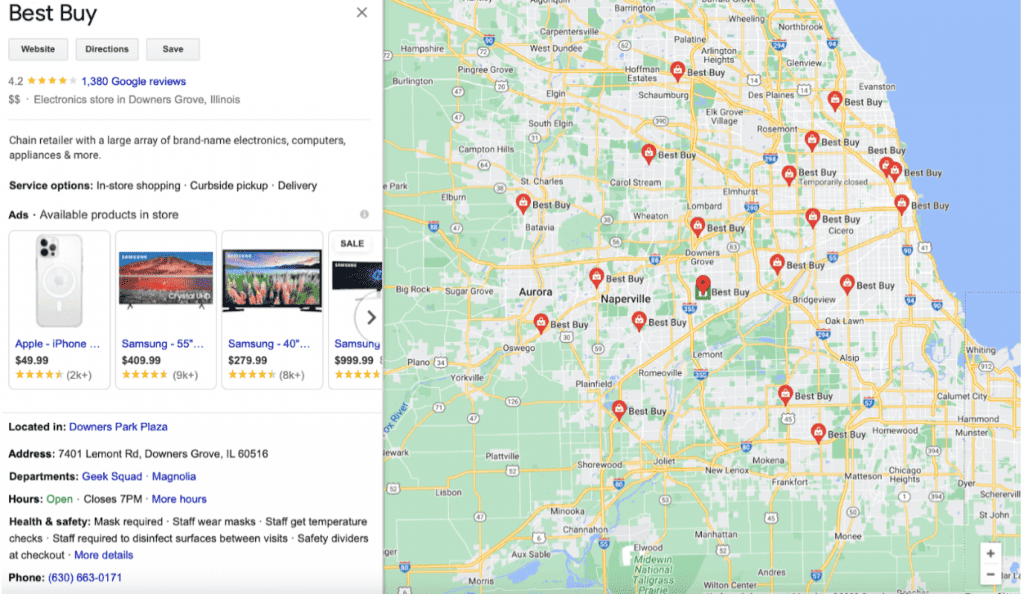
Google Maps has replaced phone books as where people find local businesses. Here are some Google Maps optimisations to try:
- Add exterior photos of your location – it will display prominently in the map listing.
- Respond to Q&A questions – answer customer questions to build trust.
- Offer discounts – surface special offers to drive visits.
- The link to your GMB listing in your website footer signals the connection to Google.
- Encourage customer contributions like reviews, photos and missing business information.
Appearing prominently in local map results is critical, so encourage happy customers to engage with your listing.
Advertise Locally on Facebook
Facebook lets you target ads hyper-locally using zip codes, city names, business locations and even map radii. They offer robust location-based targeting options.
Some tips for local Facebook ads:
- Target by city, zip code or custom radius around your business.
- Show ads to people near your business when they are on Facebook.
- Create ads promoting special offers or events at your location.
- Retarget people who visited your website or existing customers.
- Install the Facebook pixel to optimise and track conversions.
- Test different audiences, creatives and calls-to-action.
- Measure cost per lead or sale to calculate ROI.
When done right, hyperlocal Facebook ads get your business in front of people, ready to visit your location and buy. Start small, track results, and scale up campaigns that deliver ROI.
Partner with Related Local Businesses
Strategic partnerships with other local businesses can expand your reach and credibility.
Potential partners might include:
- Suppliers or distributors in your space.
- Complementary businesses whose customers could also use your products/services.
- Sponsors, advertisers or participants for local events you host.
Partnership opportunities include:
- Co-marketing campaigns: combine your marketing resources for greater exposure.
- Cross-promotions: promote each other's special offers to loyal customers.
- Local directory or website listings: get added to a popular regional site.
- Events: have a presence at each other's in-person or virtual events.
- Content marketing: contribute guest posts or be interviewed for each other's blogs.
- Referrals: refer customers to each other when there's an applicable opportunity.
The right partnerships can be a win-win – opening new marketing channels and sharing expertise and customers.
Sponsor Local Events or Organisations
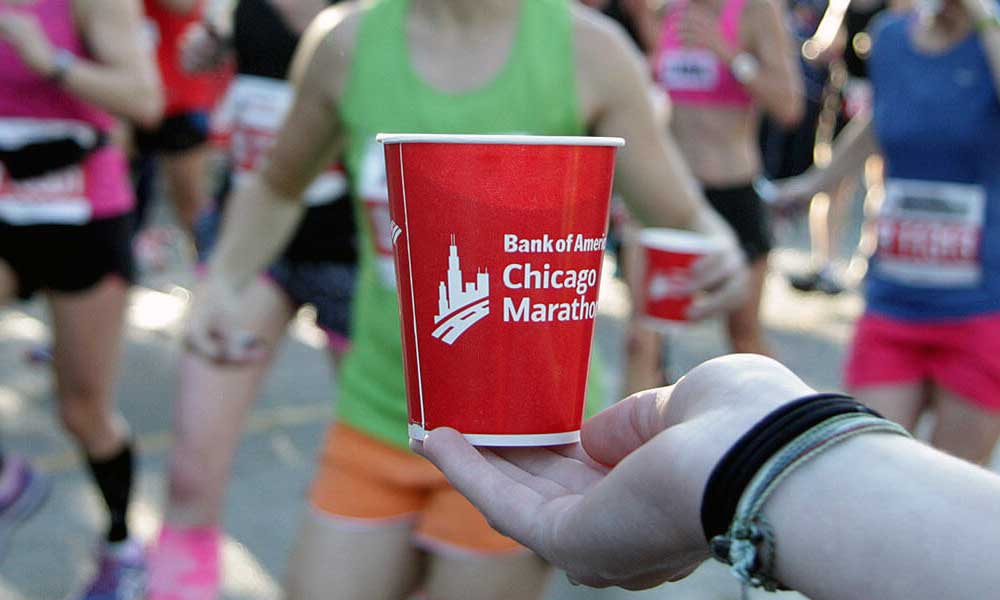
Sponsoring local events, sports teams, charities, or community organisations gets your business name in front of the people you want to serve.
Popular events to sponsor include:
- Festivals, fairs or farmers markets.
- Races, tournaments or youth sports leagues.
- Fundraisers are supporting area schools, hospitals or nonprofits.
- Chamber of Commerce meetings and mixers.
Event sponsorship opportunities may include:
- Naming rights to the event or a venue.
- A booth, tent or on-site presence.
- Signs and banners around the event grounds.
- Announcements and promotions by event organisers.
- Digital advertising on the event website and social channels.
- Mentions in press releases or media coverage.
- Product exclusivity at the event.
This community goodwill and exposure often give a better return than generic online ads. Support organisations that resonate with your target customers.
Engage Locally on Social Media
Using social media to connect with customers in your community can yield significant results. Here are some local social tactics:
- Interact with customers who check in, mention or tag your business on social media. Thank them and offer incentives to return.
- Join targeted Facebook Groups where your ideal customers are engaged and participate constructively.
- Partner with local social media influencers in your niche who can authentically represent your brand to their audience.
- Promote community events happening around town that your audience would be interested in.
- Share user-generated content like customers' photos, videos, reviews and testimonials, with permission.
- Go live on Instagram or Facebook from your place of business to give an insider's view.
- Run local contests or giveaways to build awareness and email lists. Require participants to follow you.
Done right, social media provides a direct line to customers in your backyard. Keep it lively, authentic and in your local voice.
Distribute Print Materials Around Town
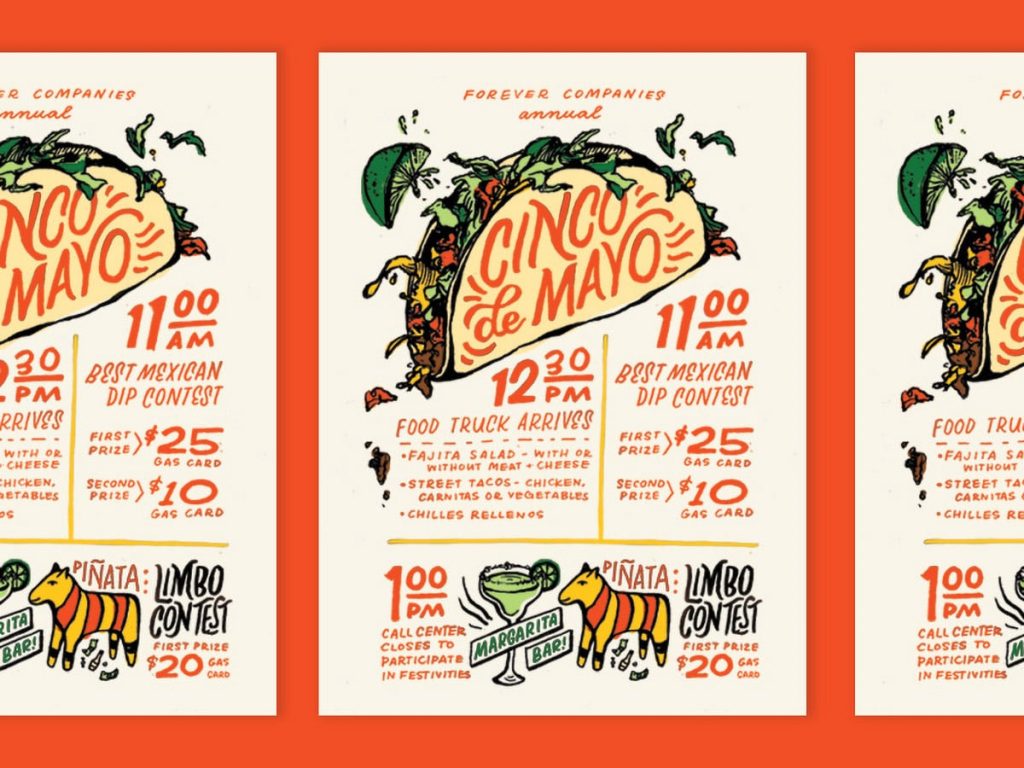
Don't underestimate the power of print when promoting your local business. Flyers, posters, brochures and menus are a great way to get your brand name circulating in your neighbourhood.
Print collateral can be distributed:
- On community bulletin boards and poster kiosks.
- At the front desks of nearby businesses.
- Along with local newspaper deliveries.
- In local welcome packets for new residents.
- At conventions, conferences or industry events.
- In waiting rooms of doctors, salons, etc.
- Door-to-door promotions.
Include a call to action like a coupon code or promotion to incentivise visits to your business. Well-designed print pieces reinforce brand recognition as people interact with your business around town.
Go Grassroots With Local PR
Public relations is about getting seen as an authoritative expert. For local businesses, PR starts at the grassroots level – making connections in your community.
Local PR tactics:
- Network and build relationships with key local influencers.
- Pitch stories about your business to area newspapers, blogs, magazines and radio shows.
- Offer yourself as a source for relevant news stories in your industry.
- Host a press event like a grand opening, anniversary or milestone.
- Sponsor a community initiative and alert the press about the partnership.
- Submit guest articles providing expertise related to your business.
- Start an email newsletter covering topics your audience cares about.
- Support local charities and nonprofit causes through donations, sponsorships or services.
Getting positive media exposure builds credibility and trust. Local media always looks for story ideas involving incredible businesses in the community.
Analyse and Refine Your Local Strategy
As you execute local marketing campaigns, diligently track results so you can double down on what works and refine tactics showing poor ROI.
Key metrics to track:
- Calls and walk-ins – Your marketing efforts generated phone calls and in-person visits.
- Website traffic – Increased visitors, especially from local zip codes.
- GMB actions – Phone calls, directions, reviews and other activities on your listing.
- Social engagement – Likes, shares, mentions and clicks on social media.
- Sales revenue – Ultimately, sales growth matters the most.
Local marketing success requires carefully tracking outcomes and optimising based on responses in your unique market. Experiment with different tactics and messaging until you unlock what attracts your ideal customers.
Keys to Long-Term Local Marketing Success
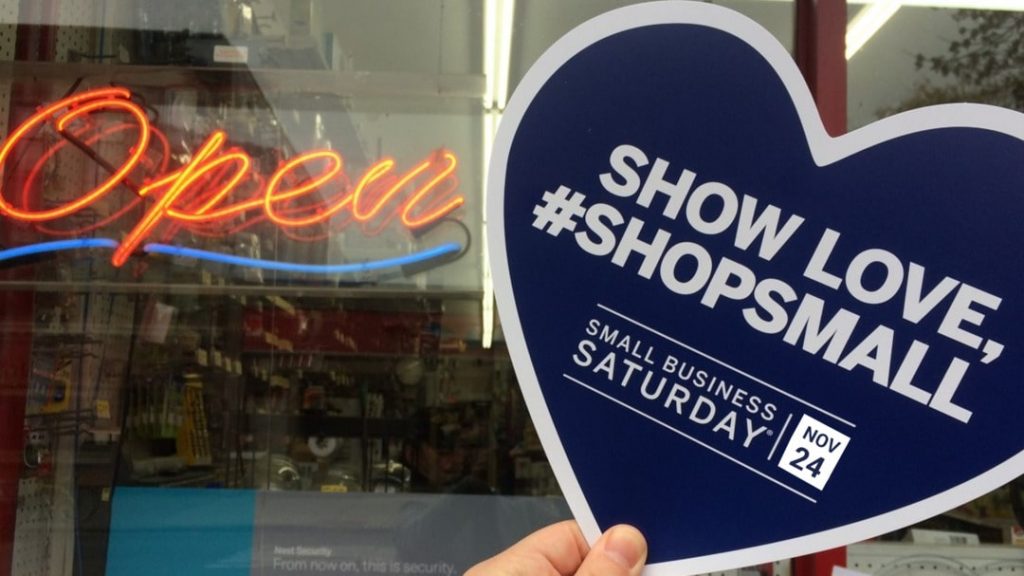
Consistency and persistence are vital in local marketing. Here are some overarching best practices to incorporate as you promote your local business presence:
Embrace an Omnichannel Approach
Use a combination of online and offline marketing channels – not just one or the other. Each channel plays a role in driving awareness across all touchpoints where customers interact with your business.
Maintain Accurate Online Listings
Keeping key listings like Google My Business updated shows customers that your business is active and ready to serve them.
Stay Locally Relevant and Community-Focused
Connect your messaging and partnerships to the culture, needs and interests of people around you. Avoid sounding like a generic franchise.
Provide Value, Not Just Promotion
Offer helpful local information and resources, not just sales pitches. Become a valuable member of the community.
Interact With Customers and Followers
Social media and online reviews are a two-way local communication channel. Be responsive and conversational.
Partner Strategically With Local Organisations
Support community groups whose mission aligns with your brand values and audience.
Consider a Local Brand Ambassador
Hire a connected local to represent your business at events, press opportunities and partnerships.
Stay Consistent Over the Long Term
Don't expect overnight results. Local marketing requires consistency over months and years to become community fixtures.
Local marketing is an ongoing process, not a quick fix. Use this guide to start optimising your local presence, but realise it takes time and dedication to integrate your business into the fabric of community life fully.
Frequently Asked Questions About Local Marketing
Here are answers to some common local marketing questions from small business owners:
What is the first step to start marketing locally?
The first step is optimising your Google My Business listing with accurate info, photos, attributes, menus or services and responding to reviews and questions. This ensures you show up accurately in local search results right away.
How much should I budget for local marketing?
A good rule of thumb is to allocate 5-10% of estimated annual revenue to local marketing costs. Divide that budget across tactics like paid ads, sponsorships, print materials, and social media marketing.
How can I measure my local marketing ROI?
Track phone calls, website traffic, online actions, social media engagement, and in-store sales. Compare revenue growth to spending on specific campaigns. ROI = (Revenue Gained – Marketing Costs) / Marketing Costs.
Is it better to hire a local marketing agency or do it in-house?
It depends on your budget and staffing capabilities. Hiring a local agency brings expertise but can be expensive. Handling internally gives you control but adds workload. Start in-house and outsource if you need more bandwidth.
What is the most important local marketing platform?
For physical locations, Google My Business is the most essential. It feeds your info to Google Search and Maps, where people look for local businesses. Make sure it's complete and accurate before focusing elsewhere.
Wrap Up
Gone are the days when customers automatically patronised businesses in their neighbourhood by default. Local marketing is now essential for standing out from the competition and actively attracting customers based on your reputation, expertise and connections in the community.
This guide provides a range of local marketing tactics you can mix and match based on your business type, location, budget and goals.
Remember, integrating your business into the fabric of local life takes time. Start with foundational platforms like Google My Business, build online and offline awareness, and develop meaningful community partnerships.
Stay active and engaged across local channels. Track results closely and double down on what moves the needle. Earn customer trust and loyalty over time, and your local marketing efforts will yield the growth and longevity every small business desires.
